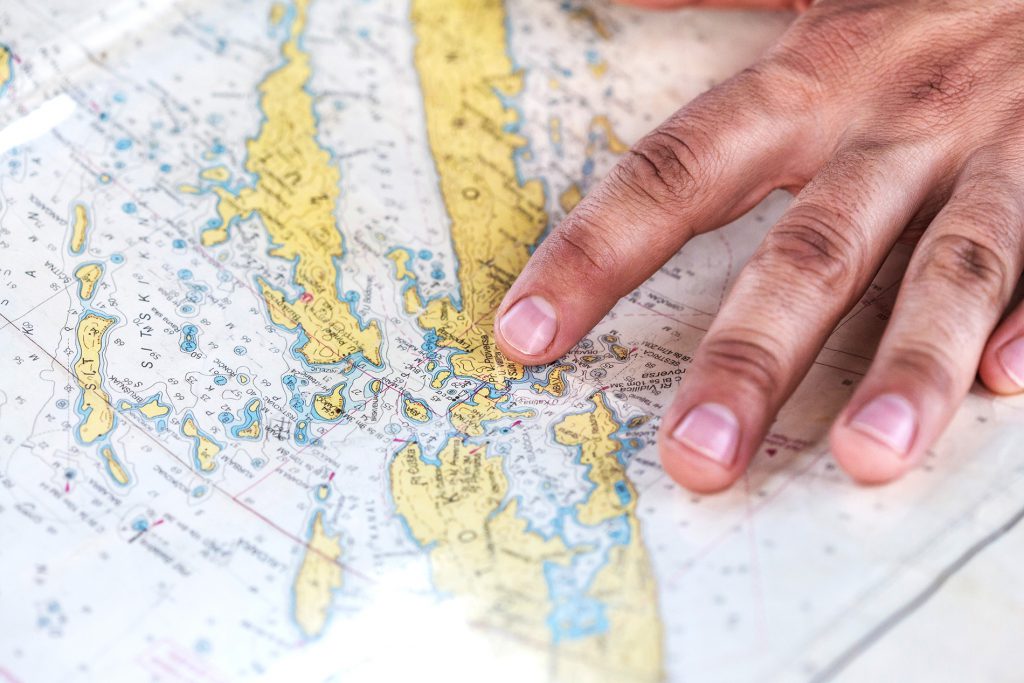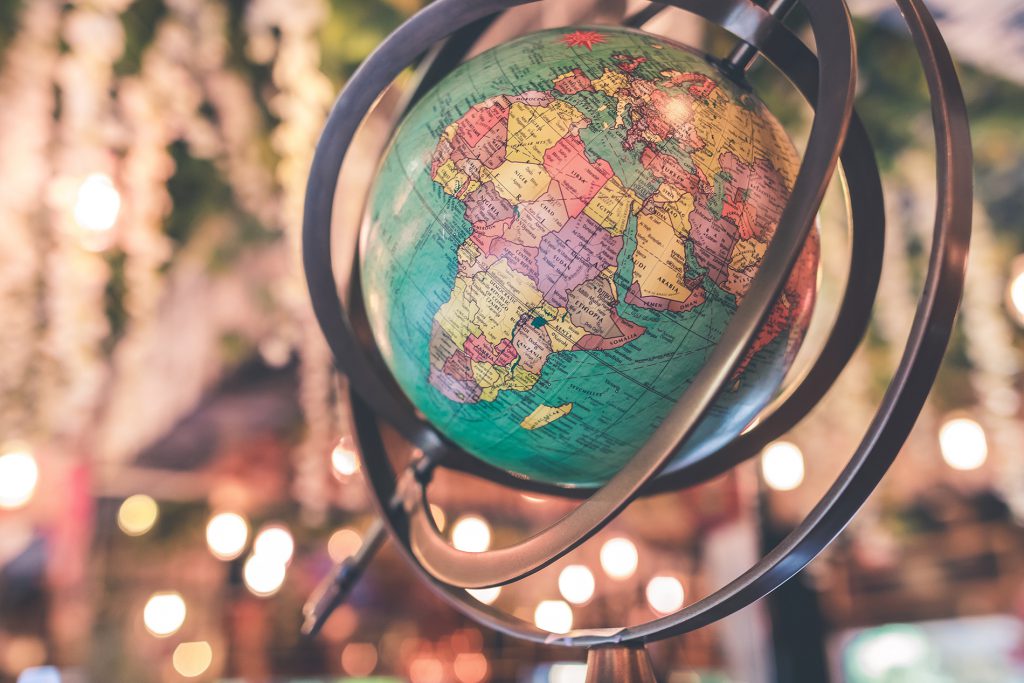Environmental Impact: Who is responsible?
A research group at the Norwegian University of Science and Technology (NTNU) is collecting data on environmental footprints, and empowering consumers to lead more sustainable lives.
By Elizabeth Thomsen
It can be easy to blame industry, government, or other countries for our greenhouse gas emissions and impact on the world. But are they the only ones to blame?
China is the world’s largest emitter of greenhouse gases. However, if you look at the emissions of its individuals based on what they consume, they have a smaller than average carbon footprint. This is because most of the products China produces are shipped to the rest of the world – it’s the world’s workshop.
Diana Ivanova, a PhD student in the Department of Energy and Process Engineering at the Norwegian University of Science and Technology (NTNU), says, “We are generally very focused on territorial emissions.” Many countries effectively outsource emissions, simply moving the problem to another part of the world. For example, if cars are imported rather than manufactured locally, the country-wide emissions might drop, but the total emissions will stay the same or even increase. We need to make sure that policies to cut carbon emissions actually do so.

Household consumption
For many products and services the global supply chains are very complex, making it hard for the average consumer to choose the green option. Researchers at NTNU are working on projects designed to promote greener lifestyles and environmentally responsible consumption in Europe. In one of their studies they have examined the environmental impact of household consumption in 43 countries, and 5 rest-of-world regions. They used an extensive database which covered 200 product sectors, based on 2007 data.
By looking at the global supply chain for products, the researchers found that consumers are responsible for 60% of greenhouse gas emissions, and between 50 and 80% of land, material, and water use.
Around 20% of the household carbon footprint was direct, such as from heating our homes or tailpipe emissions from private vehicles. However, much of our impact is indirect – it is embodied in the food we eat, the products we buy, and the services we use. For example, when you buy a bottle of beer there will be impacts associated with the ingredients (including the supply chains of how they’re grown), the packaging, the electricity used in production, constructing and maintaining the equipment, distributing the finished product, the emissions released from fermentation, and even impacts associated with staff travel to and from work. For the average consumer, it can be difficult to have a feel for how big these impacts are. As Diana Ivanova says, “Our impact is not part of our decision making if we don’t see it.”
Residents of areas with water shortages are often told to take shorter showers, and restrict their use of hose pipes. While these actions do reduce water use, they seem insignificantwhen we consider that an eight minute shower might use around 65 litres of water, while producing a kilo of beef requires, on average, 15 415 litres of water. Processed foods such as frozen pizza, and milk are also big consumers of water, and producing a kilo of chocolate requires a staggering 17 000 litres of water. If this water use is in an area where water is plentiful then it might not be a problem. But for countries where water is scarce then both direct and indirect uses of water can be critical, and it is crucial consumers are aware of it.

The richer we are, the more we consume
The countries with the highest impact had about a 5.5 times higher impact than the global average of 3.4 tonnes CO2 equivalent. The United States had the highest impact at 18.6 tonnes CO2 equivalent, followed by Luxembourg, and Australia. In contrast, China had a footprint of 1.8 tonnes CO2 equivalent.
More wealth means more consumption. While we all need to eat and have shelter, how we do this, and what else we buy, can make a big impact. With higher income comes a rising demand for meat, dairy, and processed food. These all have a big impact across the environmental footprints.
Income isn’t the only factor in our impact. Some of the other factors that can make a difference and explain some of the differences between regions are household size, climate, resource availability and the amount of low carbon sources in our electricity mix. The bigger a household the smaller the impact per person; the colder the climate the more heating is needed; the more resources we have the more we use; and the more carbon-intense our electricity the higher our emissions.
For most countries and regions, mobility, shelter, and food account for most of the impact across all environmental footprints. For the average EU consumer, transport accounts for 30% of our emissions, food for 17%, housing for 22%, services for 14%, clothing for 3%, appliances, machinery and electronics for 1-4%, and other manufactured products such as furniture and household commodities account for around 10% of our greenhouse gas emissions. Italy and parts of the UK, especially London, had some of the highest emissions related to clothing, presumably driven by fast fashion.

No straightforward solution
Household footprints are influenced by many factors: legislation and policy around corporations, governments, and supply chains; local environment and culture; and our own buying habits. Understanding household footprints can open windows into social factors in our environmental impact, and can help us reduce our household impact. The differences in societies, environments, and wealth make it “really hard to have clear cut, straightforward solutions,” says Diana Ivanova. However, if we have money to spend we will make the least impact if we spend it on services (such as renting rather than buying an item, education, or recreation) rather than products. Public transport and active transport (such as cycling and walking) have much less impact than driving cars, and eating less meat, dairy, and processed food will reduce our impact from food.
The advantage of many of these environment saving strategies is that they also save our pocket. But, we need to be careful we don’t spend this extra money on even more carbon-hungry consumption.
“We can be more proactive and get involved in community projects, sharing schemes, volunteer in different pro-social and environmental initiatives, create and express through arts, gardening, get involved in local policy making, and have ‘difficult’ conversations.”

Think global, act local
Sometimes, as much as we may want to make a change, society makes it difficult. If there is no commuting infrastructure for cycling for example, we can’t ride our bike to work however much we might want to. We can, however, become involved in grassroots organisations to make a difference, particularly on the local level. Diana Ivanova says, “We can be more proactive and get involved in community projects, sharing schemes, volunteer in different pro-social and environmental initiatives, create and express through arts, gardening, get involved in local policy making, and have ‘difficult’ conversations.” These difficult conversations and proactive changes can help raise awareness and facilitate change.
The researchers have also examined the impact of individual regions in the EU, and are now examining the drivers behind consumption and looking at impacts of small regions. This micro-analysis will be very informative for policy. Policy changes which may be helpful include incentives, internalisation of taxes (to make certain products reflect their true environmental cost), and banning certain products.
The researchers are keen to get in touch with policy makers and industry, enhance citizen engagement, and increase their interdisciplinary work with psychologists, economists, and sociologists. You can explore the data yourself, see the impact of your area on their website, and make your own lifestyle changes.
